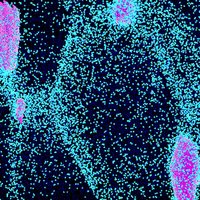
Stuart Wright
Related Authors
Vito Tagarielli
Imperial College London
Chaowalit Limmaneevichitr
King Mongkut's University of Technology Thonburi
Dulal Saha, PhD.
University of Waterloo, Canada
Askar Triwiyanto
President University
nouby ghazaly
South Valley University
Surajit Kumar Paul
Indian institute of technology
Yunan Prawoto
South Ural State University
David Field
Washington State University
Dierk Raabe
Max Planck Institute for Iron Research
mahmoud hafiz
Al-Azhar University










Uploads
Papers by Stuart Wright